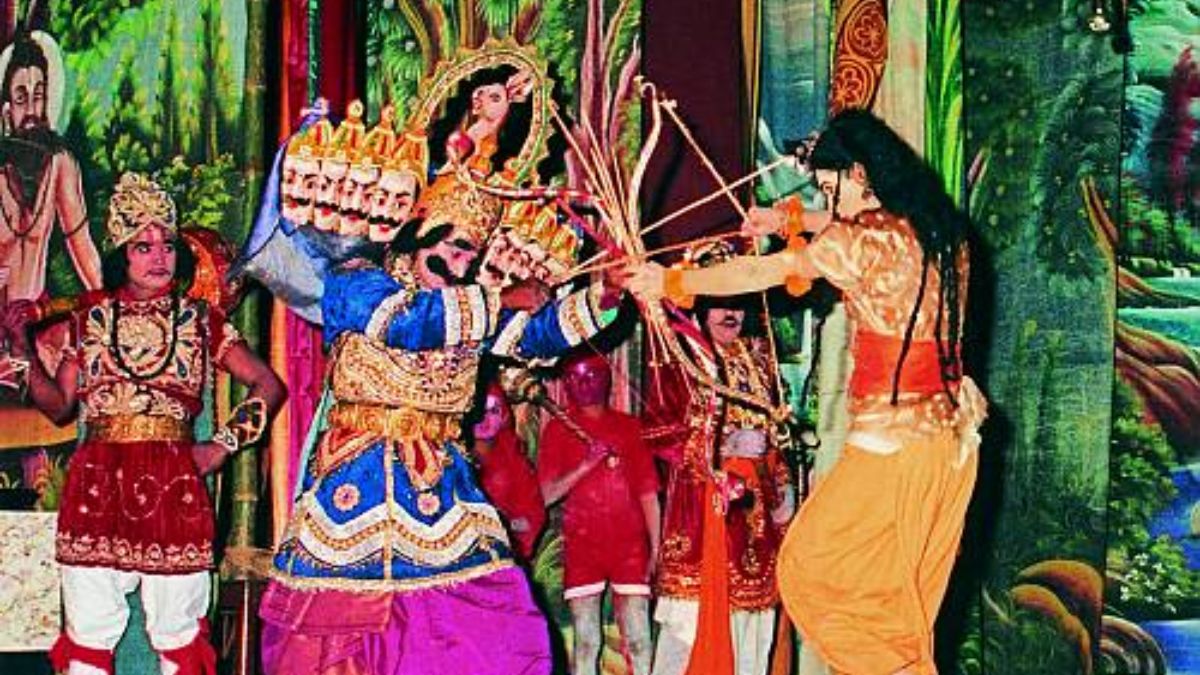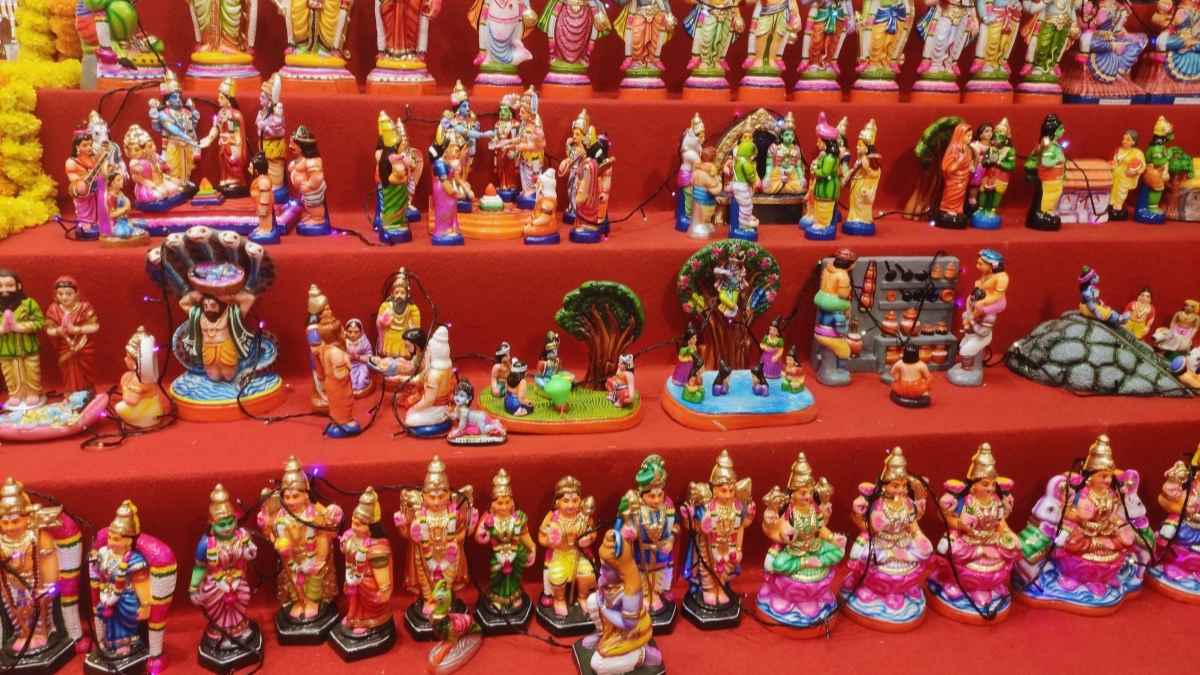The festival of Navratri brings a lot of zeal, devotion, and happiness into the atmosphere. From garba songs to Maa Durga’s devotional aarti, everything makes you smile brightly. But there’s something else too that can make you smile from ear to ear. Yes! You guess that right, good food! And what can be more scrumptious than Navratri thali? Here’s what is typically served in it and its importance too!
All About Navratri Thali
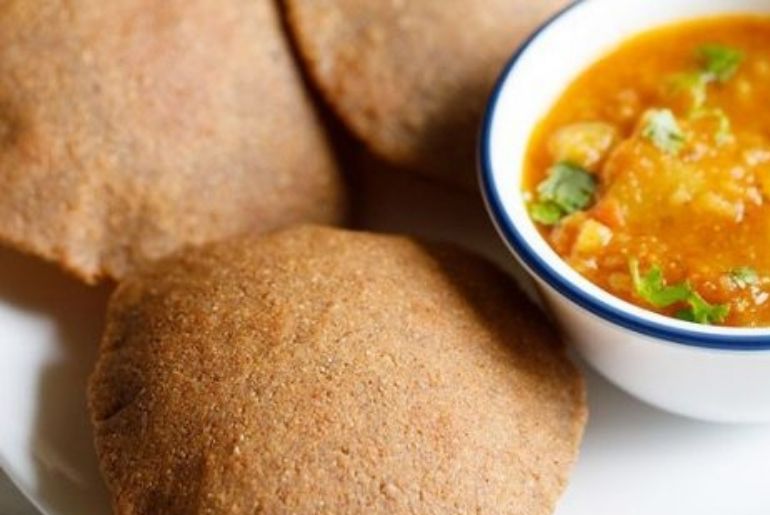
The Navratri thali is a unique platter that is served throughout the course of these nine days and contains foods that are cooked especially for this celebration.

Buckwheat flour, water chestnut flour, potatoes, arbi, cucumbers, sweet potatoes, yogurt, fruits, fruit juices, and milk are the principal foods used during this religious fasting. Carom seeds, red chili powder, and dried mango powder are the only spices utilized.
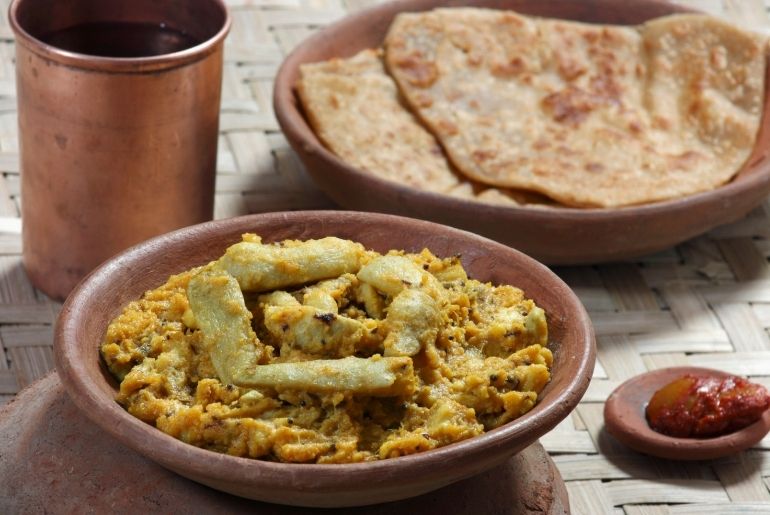
Typically, these are the dishes that are included in the thali:
- Sabudana Khichdi
- Kuttu ke aate ki puri
- Singhare ke aate ka paratha
- Samak
- Potato sabzi
- Arbi sabzi
Sabudana khichdi is made with tapioca pearls, peanuts, and herbs and spices. Due to its lightness and ease of digestion, it is typically consumed while fasting. Buckwheat flour is used to make kuttu ki puri, a gluten-free substitute for ordinary wheat flour.
Another option for those who avoid gluten is the Singhara atta paratha, which is prepared from water chestnut flour. Samak rice, sometimes referred to as barnyard millet, is a nutritious substitute for rice that is frequently consumed during fasting.
Also Read: Navratri: What Is The Significance Of Akhand Jyot/ Diya? Note These Important Tips
Why Sattvic Food?
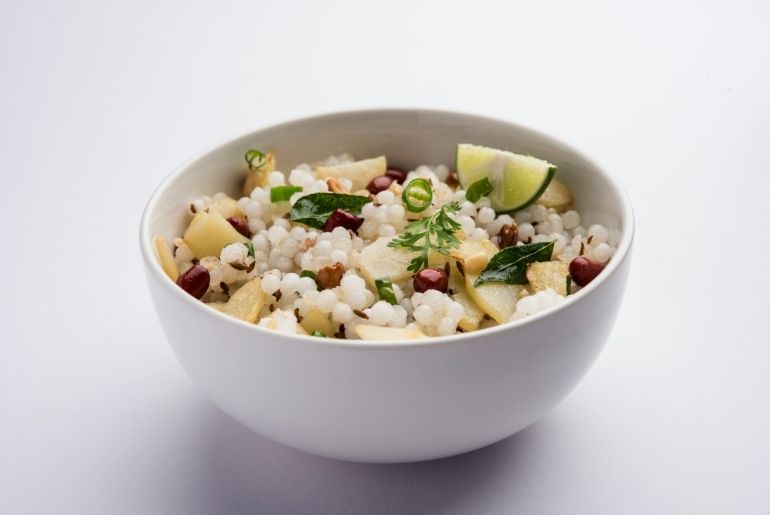
Avoiding foods that are tamasic or rajasic during Navratri is vital, such as meat, onions, garlic, and alcohol. These foods are thought to increase unfavorable energy and obstruct spiritual development. People eat satvik meals instead, which are healthy, pure, and nourishing to the body and mind.
Sattvic foods are often light and simple to digest, prepared using pseudo-grains or grain substitutes. This trait is particularly crucial during a fast because a prolonged period of not eating might weaken the digestive system.
Fruits, tapioca pearls, root vegetables, almonds, and dairy products like yogurt are examples of satiating foods since they are easy on the stomach and prolong satiety. During the nine-day auspicious period, a sattvic diet is thought to improve meditation and prayer by fostering mental clarity and decreasing restlessness.
Seasonal fruits like bananas and apples, root vegetables like colocasia and potatoes, dairy products like yoghurt, paneer, and ghee, nuts, buckwheat, and amaranth, and a few spices like cumin, green chilies, and cardamom are typical Sattvic foods eaten during Navratri fasting.
This largely vegetarian diet encourages the consumption of full, nourishing meals while limiting the intake of non-plant-based foods, lowering the risk of getting sick during this transitional season.
During this fasting phase, a sattvic diet helps the body maintain optimal energy levels so that it can complete its tasks without becoming tired or experiencing a drop in energy.
One must note that every region has a different thali to serve during Navratri, but the above mentioned are some of the most common ones.
Also Read: Metro News Updates: Mumbai Metro’s Revised Timings, Kolkata’s Joka-Taratala Line Extension & More
Which is your favourite dish?
Cover Image Courtesy: Canva
For more such snackable content, interesting discoveries and latest updates on food, travel and experiences in your city, download the Curly Tales App. Download HERE.
Good news! We are on WhatsApp! Subscribe to Curly Tales WhatsApp Channel to stay up-to-date with exclusive content and BTS. Join HERE.



